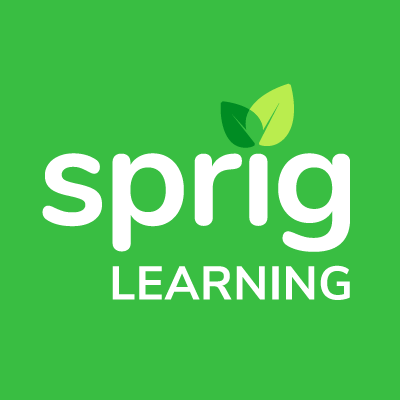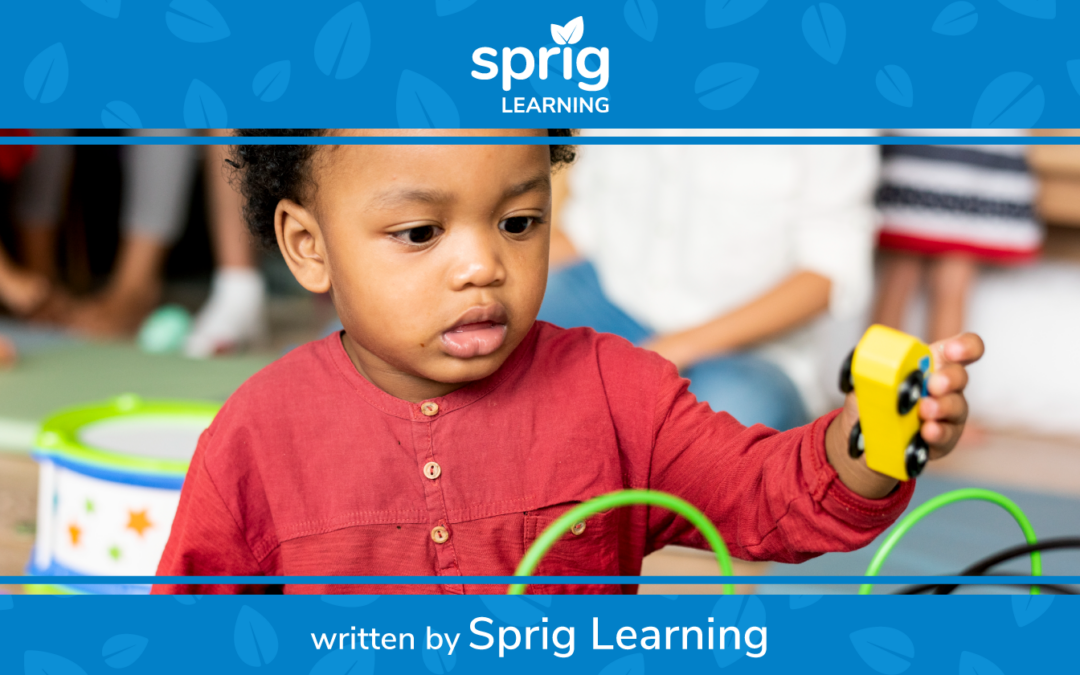Do high-quality preschools exist? Yes, but mostly for higher-income families.
According to Emily Griffey, Policy Director of Voices for Virginia’s Children, there is a 19-point disparity between the percentages of high-income and low-income families that can afford preschool for their children.
There are many initiatives to expand accessibility to public Head Start preschools, but such accessibility has to be matched with quality, or there is a risk of perpetuating the cycle of inequity.
In this blog, Sprig argues the case for high-quality preschools, addresses the issue of accessibility, and then gives the indications and characteristics that would be required to create a high-quality public or private early learning program.
The Case for High-Quality Preschools
In her essay for the Washington Center for Equitable Growth, Taryn Morrissey narrows down the major reasons that warrant greater policy attention to early education.
To summarize, high-quality education:
- promotes child development and learning, and reduces inequities for those in disadvantaged communities.
- helps parental employment by providing a safe and quality environment for learning for their kids.
- forms the necessary backbone of the economic infrastructure.
Thus, high-quality preschools have both a short-term and long-term impact on school children and their communities.
The community is able to thrive knowing that the child is growing in a safe and excellent setting that is favourable to learning.
As the child grows older, there is a net spillover effect, where they contribute to the larger economy.
A study of 22 longitudinal studies, conducted between 1960 and 2016, showed that the attendees of early childhood education programs were:
- less likely to be placed in special education
- less likely to be held back a grade
- more likely to graduate from high school
These positive outcomes demonstrate that, when available, high-quality preschools make a huge difference in early learning.
Are There Enough High-Quality Preschools?

It’s tough to say if there is a shortage of preschools. Invariably, every preschool classroom does not fill the capacity of the maximum of 20 children per two trained adults, as recommended by the Office of Child Care in the US. However, even when this happens, quality can be impacted as more children require increased teacher attention.
In the US, state-funded preschool and Head Start programs serve less than 1 in 3 eligible early learners.
The National Institute of Early Education Research (NIEER) says that the quality standards remain “far too low” for these programs, and were only exacerbated by the pandemic. As low-income families weigh their options, homeschooling or daycare may seem like better alternatives if the quality of preschools garners a bad reputation.
Which prompts the question….
What Does High-Quality Early Childhood Education Look Like?

High-quality preschools are both academic and play-based. A high-quality curriculum is specifically designed to present skills and concepts to schoolchildren in an order that matches their level of development.
In the process, formative assessments are used to address achievement gaps in underperforming students. It increases student engagement and leads to greater teacher satisfaction.
Hence, high-quality preschools do not merely focus on providing the best early childhood education experience, but also have innate differentiated instruction to cater to the needs of every child in the classroom.
High-Quality Indicators
There are scales available to measure the quality of preschools such as the Early Childhood Environment Rating Scale (ECERS).
The ECERS contains 35 items organized into 6 categories of Space and Furnishings, Personal Care Routines, Language and Literacy, Learning Activities, Interaction and Program Structure.
The focus is on building oral language as foundational literacy concepts and moving to reading when appropriate.
The Language and Literacy category includes “helping children expand vocabulary”, “encouraging children to use language”, “encouraging children’s use of books” and “becoming familiar with print”.
Also, under Learning Activities, the promotion of diversity and the appropriate use of technology are suggested. Tools like Sprig Library combine these recommendations into one effective and culturally responsive learning experience. The app offers interactive story books that support oral language development, while introducing Indigenous themes, illuminating diversity.
An equal mix of self-learning and group learning is ideal for high-quality preschool programs.
As seen in the ECERS scale: to address self-learning, “space for privacy” appears under the Space and Furnishings category, and “individualized teaching and learning” appears under Interaction.
To address group-learning, peer learning is recommended under Interaction, and “whole-group activities” is listed under Program Structure.
The High-Quality Checklist
The NIEER recommends the following considerations when building a high-quality preschool program. A high-quality preschool Head Start program must:
- cultivate positive relationships between teachers and children.
- adequately equip the classroom with sufficient materials and toys.
- ensure regular communication that involves mutual listening, responding and encouragement to use reasoning and problem solving.
- offer opportunities for multiple kinds of play.
- provide materials and activities to promote understanding of diversity.
- nurture parental involvement in the program.
Additionally, The National Association for the Education of Young Children recommends a staff to child ratio of 1:10 for preschools, with a maximum class size of 20 students.
Furthermore, the fair compensation and professional development for all teachers and staff are very important components of administering and maintaining a high-quality preschool program.
Wherever they are not compensated adequately and on equal terms with K-12 educators, there is a higher risk of turnover.
Need for Consistency and Assurance

Consistency of Early Educational Experience
Literacy assessment data from the US show that almost half of kindergartners were falling below grade-level benchmarks partway through the 2020-2021 year. The setbacks were more pronounced in marginalized communities.
This is a case where the quality of preschools fell short of expectations. The data shows that preschoolers need consistent in-person interaction with educators.
Whenever this consistent learning environment is uprooted (due to any natural calamities or a global pandemic), it’s important to have a contingency plan in place that uses hybrid or remote learning, depending on how soon it’s safe to go back to school.
Assurance of High-Quality
The rate of return on human capital investment is at its highest from birth to age 5. When children attend any sort of structural school system for the first time, it’s important that they receive the best education and are assured of continuing in the program.
There can be a trade-off sometimes between targeting skills and the whole child. While it’s true that targeting specific skills such as literacy and numeracy increases achievement in those areas, a whole child curriculum is often better at ensuring quality of classroom processes.
It doesn’t have to be either-or. With holistic learning, you tend to the whole child by involving their teachers, parents and the community to support their needs and safety. But you also focus on particular academic skills by offering leveled activities that are fun to do.
Looking Ahead
There is help available to build high-quality Head Start preschools or transform existing preschools into a high-quality Head Start program. However, while there is more funding to increase accessibility, it must be matched with increased quality.
Sprig believes that the indications, checklist, and considerations described in this article can be used to establish both new and upgraded high-quality preschools and head start programs.

